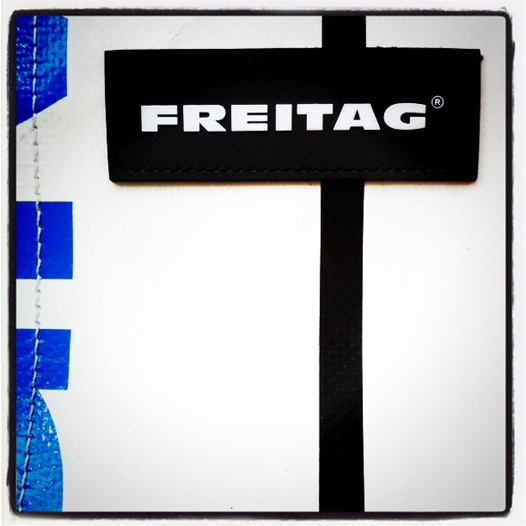Founded in 2007, Bold Tendencies has welcomed over 45,000 visitors in 2010 (30,000 in 2009).
15 large-scale new works by international artists have been commissioned for 2011 by a specially appointed Curatorial Council and will be exhibited for three months.
Bold Tendencies is free to visit and has welcomed audiences from local residents to international tourists. Press feedback has been universally positive, and leading figures from the art world have offered their praise.
The popular Frank’s Cafe & Campari Bar designed by Practice Architecture (Paloma Gormley & Lettice Drake) occupies a temporary building alongside the sculptures on the roof.
For 2011 They have commissioned two new structures for the space.


































